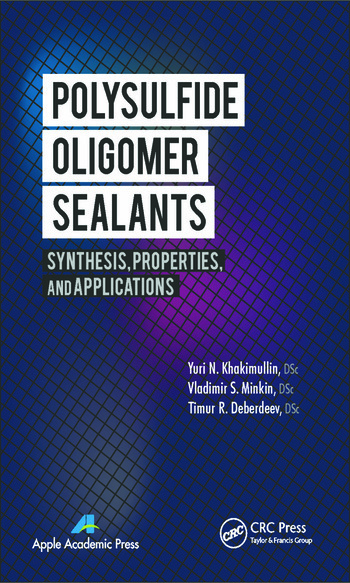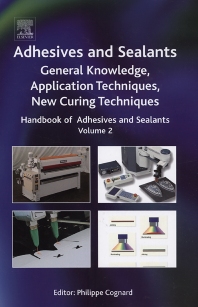BETHESDA, MD – The Adhesive and Sealant Council (ASC) has created the first draft Product Category Rule (PCR) for Sealants for North America. The PCR sets the rules that industry should follow when conducting a Life Cycle Assessment (LCA), which is then used to create an Environmental Product Declaration (EPD). EPDs are tools that the value chain is beginning to use to communicate impact categories within the building and construction industry, and other industries.
The PCR for Sealants was created in a collaborative, consensus-driven manner with an ASC member task force, UL Environment and Thinkstep. The draft PCR is now open to public comment as ASC strives to deliver an industry-wide PCR for sealants supporting the North American market.
“PCRs are the first, and important step, in supporting the industry as we respond to an increase in customer requests for product information,” notes Matthew E. Croson, President of ASC. “The PCR will outline in detail how a company should approach an LCA when developing an EPD, and is a vital part of the EPD process."
Within the building and construction industry, some architects are asking for product information in order to gain points for the United States Green Building Council’s LEED program, specifically in the EPD credit worth 1 or a half point. In other parts of the world, EPDs are becoming an accepted mode of communications between materials manufactures and the design community. In Europe, both the IVK and FEICA, two of the leading organizations supporting the adhesives and sealants communities in Germany and the EU, respectively, have already developed PCRs and even model EPDs, to support industry.
“UL Environment is pleased to work with the ASC to issue this PCR, which will enable manufacturers of sealants to communicate their products’ environmental impacts so that purchasers can make more informed buying decisions,” said Anna Nicholson, Program Manager for UL Environment. “This PCR is a significant step and shows the industry's commitment to continued sustainability."
The PCR is now available for public review and comment until April 29, 2016 at http://bit.ly/1qlp2ev, after which it will be reviewed by an independent expert panel.










